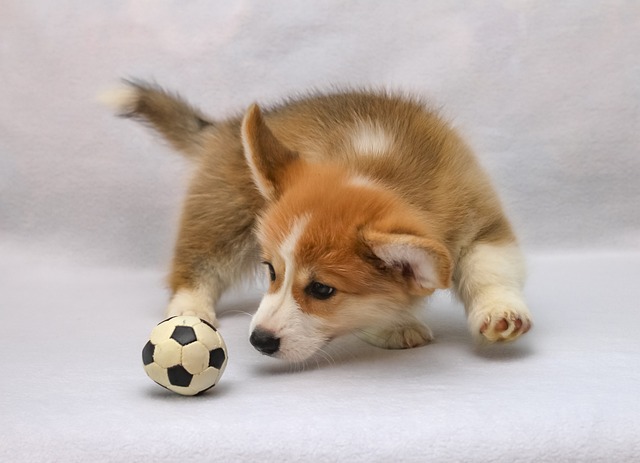
How can I tell if my dog's heatstroke is serious
Let’s be real: It’s a sticky August morning in Los Angeles, and you took your 2-year-old Golden Retriever, Max, for a walk a little later than usual
If you’ve stared at your dog’s dull, flaky coat or watched them scratch until their skin is raw, you’re probably wondering what you can feed or use to help. When my 3-year-old Husky, Koda, started losing patches of fur and developing dry, red skin last winter, I tried everything from fancy shampoos to supplements before realizing the solution started with his diet. For first-time U.S. dog owners, supporting a healthy skin and coat isn’t about quick fixes—it’s about providing nutrients that nourish from the inside out, paired with gentle external care.
A dog’s skin and coat health is a direct reflection of their diet. The two most critical nutrients are omega-3 and omega-6 fatty acids—they strengthen the skin’s protective barrier, reduce inflammation (which causes itching), and add shine to fur. Koda was missing these: his kibble used cheap vegetable oils instead of quality fat sources. Protein is also key—amino acids like cysteine build keratin, the main component of fur. Without enough high-quality protein, coats become brittle and thin. External factors like dry apartment air or over-bathing can worsen issues, but fixing the diet is the first step.

Start with dietary changes: switch to a premium dog food where real meat (chicken, salmon, or lamb) is the first ingredient, and look for added omega fatty acids (from fish oil or flaxseed). For an extra boost, add 1–2 teaspoons of fish oil (specifically for dogs) to Koda’s meals—within a month, his fur was softer and his scratching decreased. Plain, unsweetened yogurt (with probiotics) also helps, as gut health is linked to skin health. Avoid feeding table scraps like onions or garlic—they’re toxic and can irritate skin. Externally, use a hypoallergenic, moisturizing shampoo (no human products!) and bathe only every 4–6 weeks—over-bathing strips natural oils. For apartment dogs, use a humidifier in dry winter months to add moisture to the air.
Never scold your dog for scratching—this violates U.S. animal welfare norms and increases stress, which worsens skin issues. Instead, redirect them with a toy and praise them for stopping. Stay compliant with local laws: Keep their flea and tick prevention up to date (infestations cause severe itching) and carry waste bags on walks—cities like New York fine up to $250 for not cleaning up. Use positive reinforcement (a treat after a gentle brushing session) to get them comfortable with grooming, which helps distribute natural oils and remove loose fur.
Healthy skin and coat start from within. With the right diet, gentle grooming, and patience, your dog’s fur will shine, and their scratching will become a thing of the past.

Let’s be real: It’s a sticky August morning in Los Angeles, and you took your 2-year-old Golden Retriever, Max, for a walk a little later than usual

You're enjoying a summer afternoon at the park when you notice your dog has stopped panting and appears disoriented - their gums are bright red

Let’s paint the picture: You’re in your Denver apartment, watching your 4-year-old Boston Terrier, Ruby, plop down mid-play session with her favorite toy

Many dog owners notice their pets nails seem shorter after regular walks,but how much does this daily activity actually help?The answer depends on where you walk—concrete sidewalks or asphalt streets gently file nails as a dog's paws hit the ground

Most dog owners notice their pup scooting across the carpet at some point, but few connect it to impacted anal glands. These small sacs near a dog’s rectum secrete a scent for marking territory

Most vets agree that regular dog teeth cleaning is key to avoiding painful dental issues later. For healthy adult dogs, a professional cleaning at the vet’s office every 12 to 18 months usually works well.